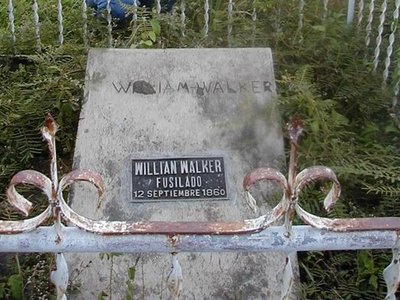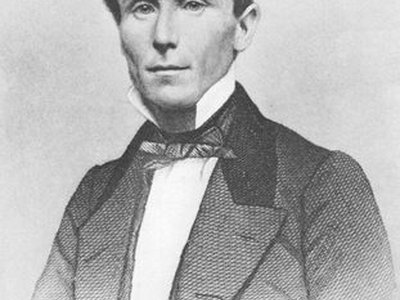Grave of Filibuster William Walker


In a lush graveyard-turned-garden in
the sleepy seaside town of Trujillo,
Honduras
, you can see the tomb of William Walker, a U.S. mercenary who attempted to conquer several parts of Central America and turn them into English-speaking colonies before being executed by Honduran firing squad in 1860.
Trujillo was a Spanish colony at the time. It was Christopher Columbus’s last stop in the New World in 1502 and is the oldest colonized city in Honduras. After driving away or enslaving the local inhabitants, Spaniards set up a tenuous city that would survive centuries of plagues, pirate attacks, and natural disasters to become the sleepy tourist spot it is today.
A few minutes walk from the city center is the Cementerio Viejo (Old Cemetery), where early inhabitants of Trujillo were buried, their crumbling graves listing provenances like France and Palestine. One of these graves reads simply: “William Walker: Shot by Firing Squad, September 12, 1860.”
Walker was a notorious U.S. “filibuster,” a term that described a group of men in the fledgling
United States
who would raise private armies to invade foreign countries and claim rule over them without any authorization. Walker, the preeminent filibuster of his day, had first seized Lower California in Mexico in 1853 and then overthrew the Nicaraguan government and named himself President of
Nicaragua
. He later arrived in Honduras seeking to incite rebellion and establish an English-speaking government there with himself at the helm.
This time, however, Walker’s plot would not succeed. Captured by British forces and turned over to Honduran authorities, he was sentenced to death by firing squad. His grave today is neatly kept, fenced off from anyone walking through the Old Cemetery and easily overlooked by those unaware of this strange chapter of colonial history.